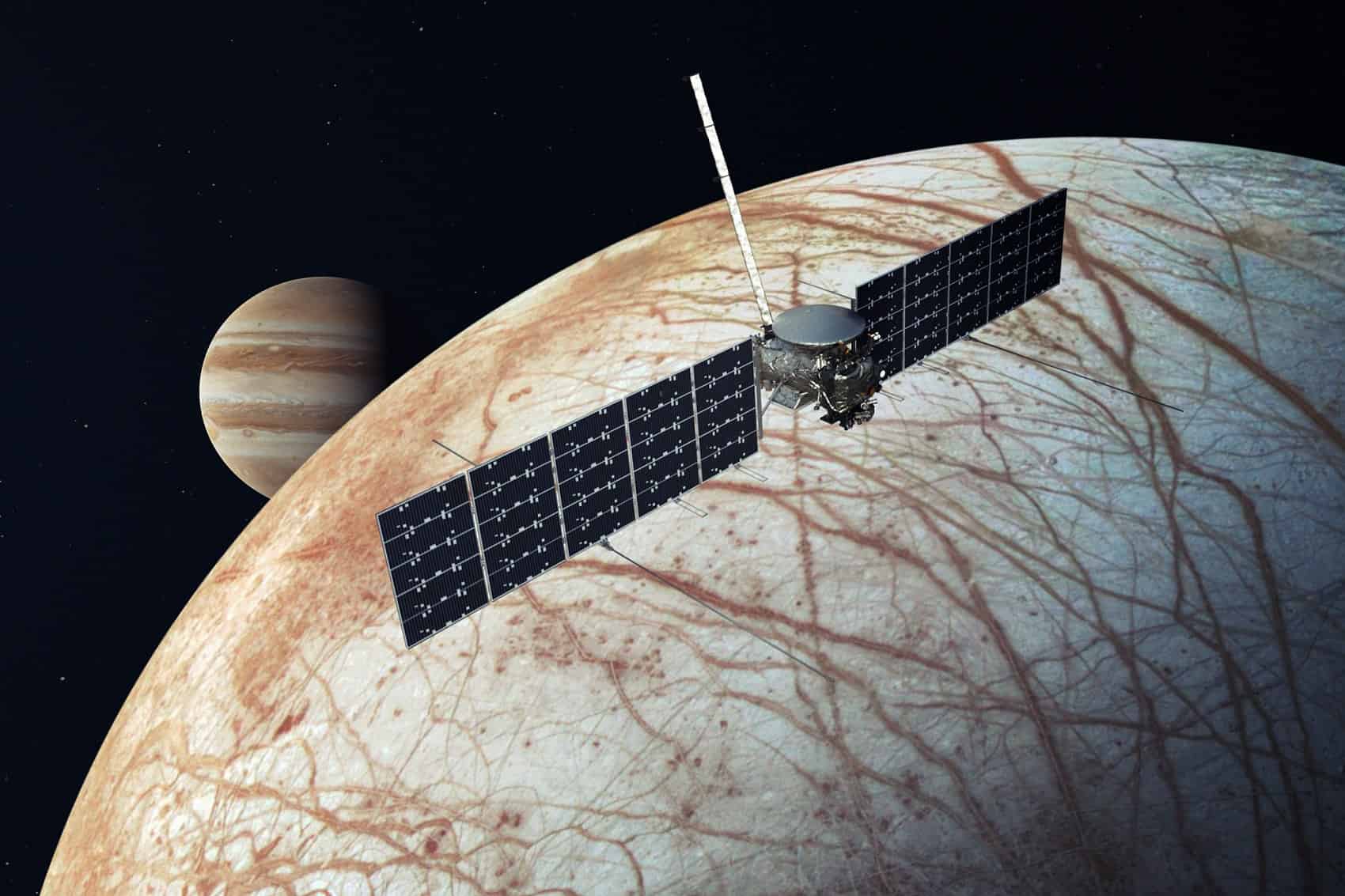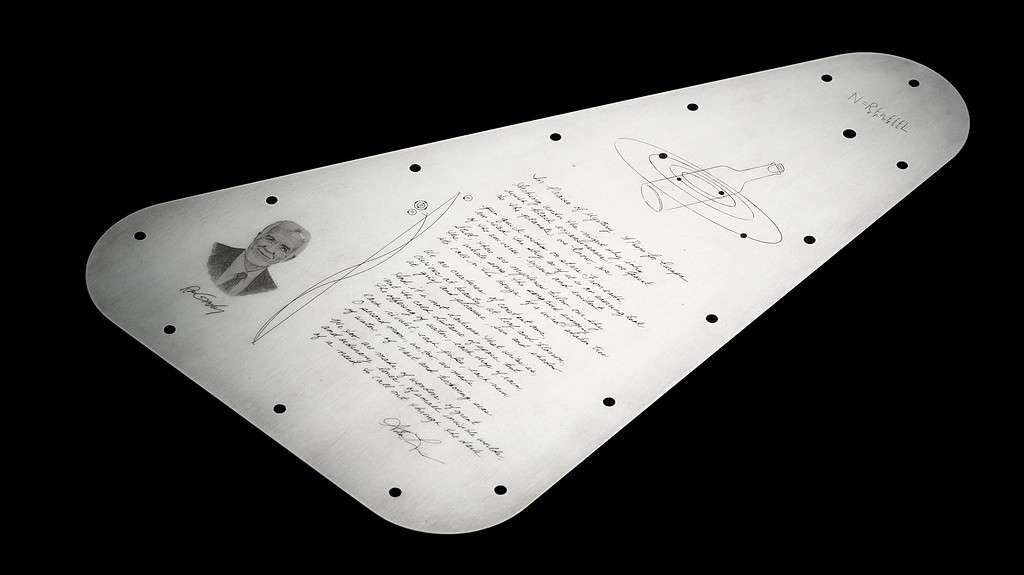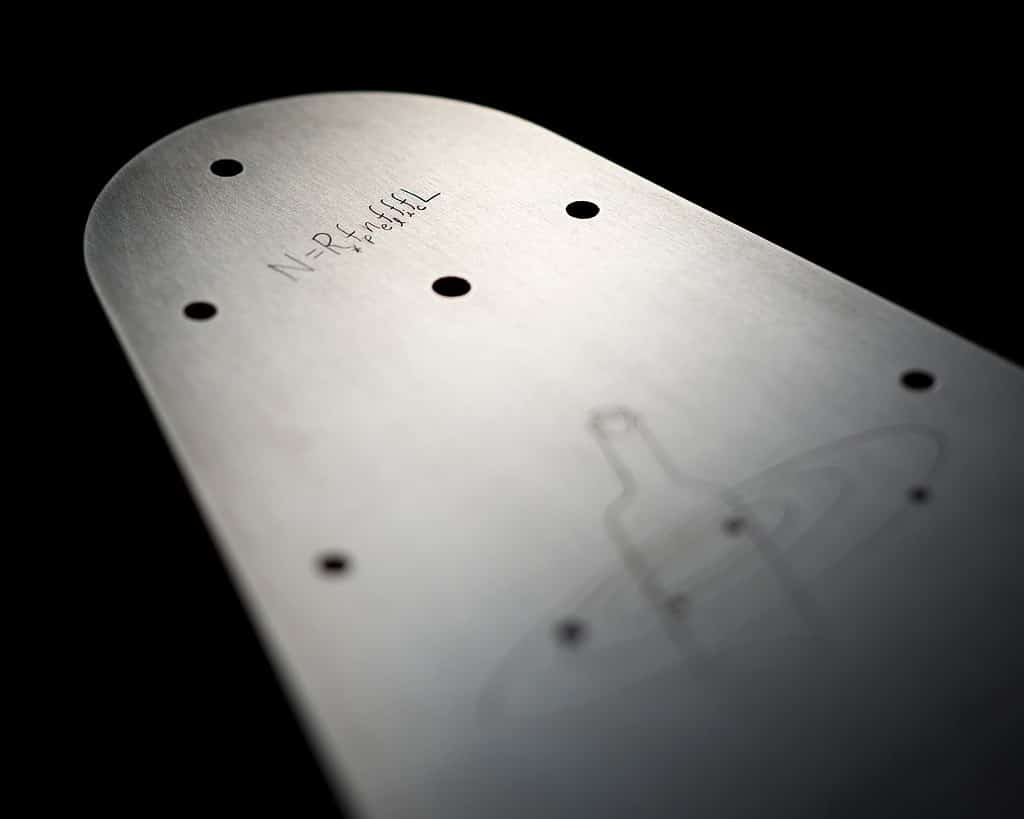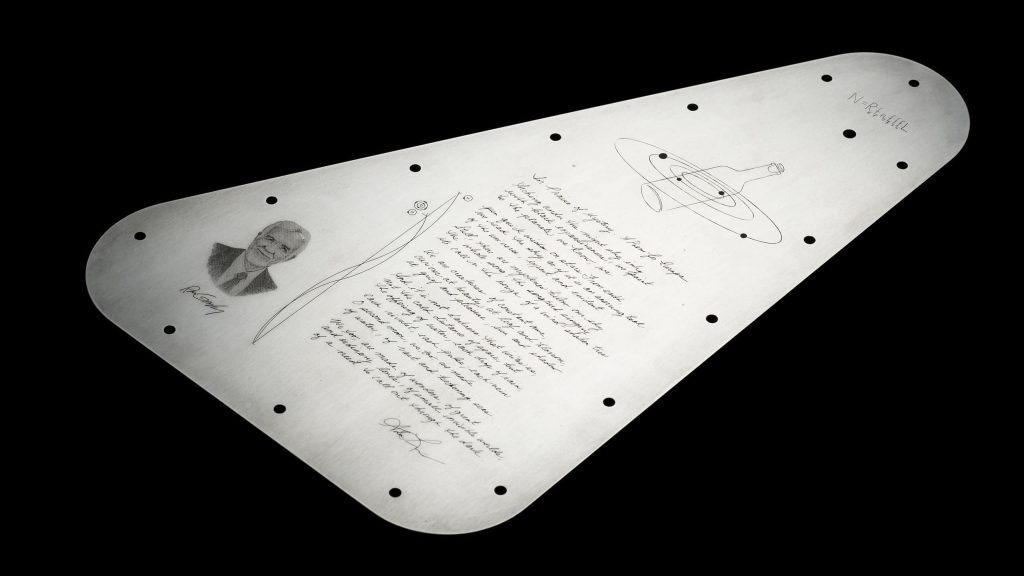
The upcoming Europa Clipper mission, led by NASA and scheduled for an October launch, will carry advanced scientific tools to study the potential habitability of Jupiter's icy moon. The overall mission aims to investigate the thickness of Europa's icy shell, its surface composition, and the ocean's potential interaction with the surface, all crucial in understanding the moon's ability to support life.
However, the spacecraft also aims to replicate the legacy carved out by the iconic Voyager missions in the form of those crafts' Golden Records. While, like the Europa Clipper, the Voyagers' main goal was exploration, the 1970s spacecraft also contained the infamous "messages in a bottle," offering a glimpse of Earth's diversity to any potential extraterrestrial finders. Now Europa Clipper carries a metal plate with similar qualities as it heads to Jupiter's icy moon.
"We've packed a lot of thought and inspiration into this plate design, as we have into this mission itself," says project scientist Robert Pappalardo of NASA's Jet Propulsion Laboratory in Southern California. "It's been a decades-long journey, and we can't wait to see what Europa Clipper shows us at this water world."
Carrying Earth's Hopes and Dreams Across the Cosmos

The golden records, launched aboard both Voyager spacecraft in 1977, represent human creativity and the wish to communicate across space. These gold-plated copper disks contain information about Earth and its residents, carefully chosen to showcase the variety of life and culture on our planet. The records include 116 images and a range of natural sounds like ocean waves, wind, thunder, and animal noises. Additionally, there are musical selections from different cultures and eras, spoken greetings in 55 languages, and printed messages from then-U.S. President Jimmy Carter and U.N. Secretary-General Kurt Waldheim. The records were designed as a time capsule, representing civilization's accomplishments, complexities, and beauty, without a specific target audience or destination in mind.
However, the Europa Clipper's plate conveys a more concise and targeted message. Made from sturdy tantalum metal, the plate is approximately 7 x 11 inches (18 x 28 centimeters) and is both an artistic representation and a scientific symbol.
3D model of the Clipper vault plate. Spin it around and discover the hidden messages. Credit: NASA.
On one side, it showcases a design emphasizing Earth's connection to water, crucial for life as we know it. Linguists collected the word "water" in 103 languages, converting these into visuals etched onto the plate. This design highlights water's universality and significance linking Earth to Europa, which harbors a vast subsurface ocean beneath its icy crust. In the middle of these images lies a symbol representing the American Sign Language sign for water, emphasizing the importance of communication and connection.
Additionally, the plate has an engraving of Ada Limón’s poem “In Praise of Mystery,” along with a silicon microchip carrying over 2.6 million names from people around the world, reflecting the inclusive spirit of the Voyager message.
On the other side of the plate, dedicated to the scientific community, is the Drake Equation. This well-known formula estimates the number of active, communicative extraterrestrial civilizations in the Milky Way galaxy. Additionally, artwork on this side references specific radio frequencies suitable for interstellar communication.

“The content and design of Europa Clipper’s vault plate are packed with meaning,” said Lori Glaze, director of the Planetary Science Division at NASA Headquarters in Washington. “The plate combines the best of humanity across the universe – science, technology, education, art, and math. The message of connection through water, essential for all forms of life as we know it, perfectly illustrates Earth’s tie to this mysterious ocean world we are setting out to explore.”
Both the Golden Record and the Europa Clipper’s plate reflect our desire to explore, understand, and, maybe, communicate with any forms of intelligence that might exist beyond our solitary planet.









